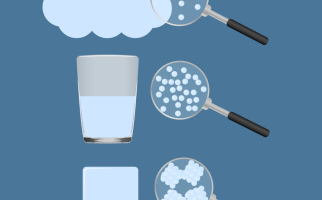
States of Matter
Backgrounders
Learn about the states of matter, as well more about one state in particular - gas!
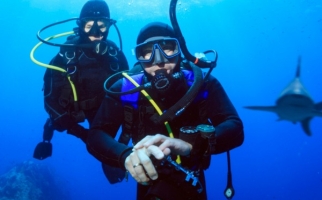
Boyle's Law
Backgrounders
Learn about the theory of Boyle’s Law and explore examples of Boyle’s Law in everyday life.
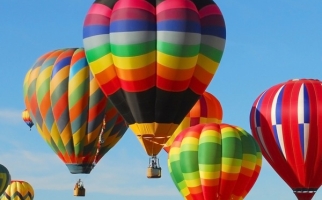
Charles' Law and Gay-Lussac's Law
Backgrounders
Learn about the theories of Charles’ Law and Gay-Lussac’s Law and explore examples of these laws in everyday life.
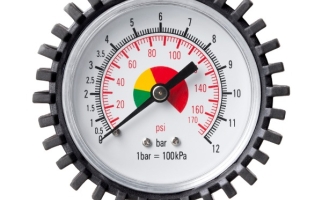
Kinetic Molecular Theory of Gases
Backgrounders
Learn about the Kinetic Molecular Theory of Gases as well as about the units and tools used to measure gases.

Avogadro and the Ideal Gas Law
Backgrounders
Learn about the theory of Avogadro’s Law and the Ideal Gas Law and explore examples in everyday life.
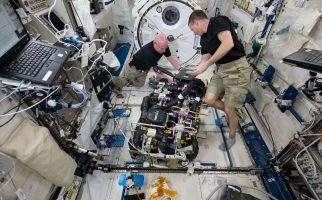
Carbon Dioxide on Earth and on the ISS
Backgrounders
Carbon dioxide is an important part of the air on Earth and in space. What is carbon dioxide? How is it measured? How can it affect us mentally and physically?

What is Air Turbulence?
STEM Explained
Learn about the science behind the four main causes of turbulence.
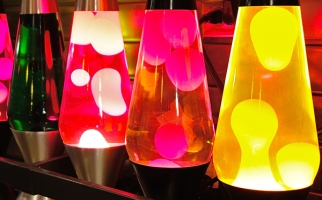
Lava Lamps
STEM Explained
Lava lamps are very interesting to look at. But they are also interesting examples of buoyancy, heat transfer and solubility!
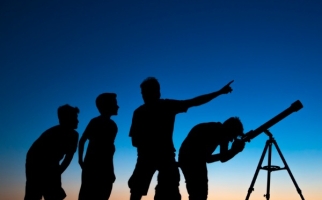
The Optics of Telescopes
Backgrounders
Learn about telescopes, how they work & why they're important to astronomers.
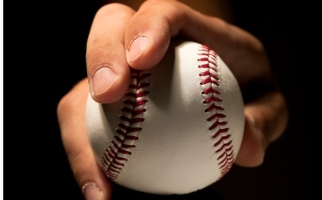
Why Do Curveballs Curve?
STEM Explained
Bernoulli’s equation is key to understanding why curveballs curve.
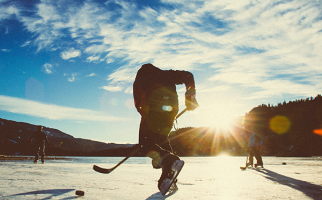
Why Do Ice Rinks Stay Frozen?
STEM Explained
Every ice rink is an example of molecular bonding and gas laws at work!

Why do we need two eyes to see?
Hands-on Activities
Ever wondered why we have two eyes (and not one, three or more)? Find how your two eyes work together in this hands-on activity.
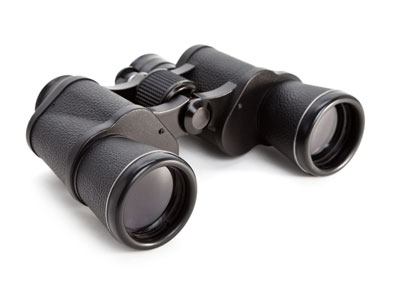
Why is everything so small down there?
Hands-on Activities
Explore how we see things far and near and from different angles. It's all about perspective!
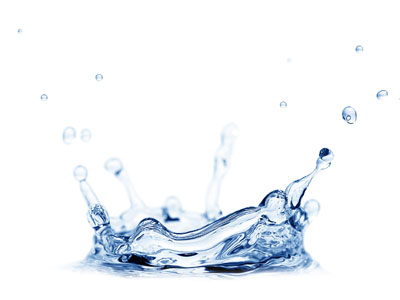
Why is rain not salty?
Hands-on Activities
Make a model of the water cycle and find out how water moves around on planet Earth.
What is Sound and How do we Hear it?
Backgrounders
Learn how sound travels in waves and how it is measured in this backgrounder.